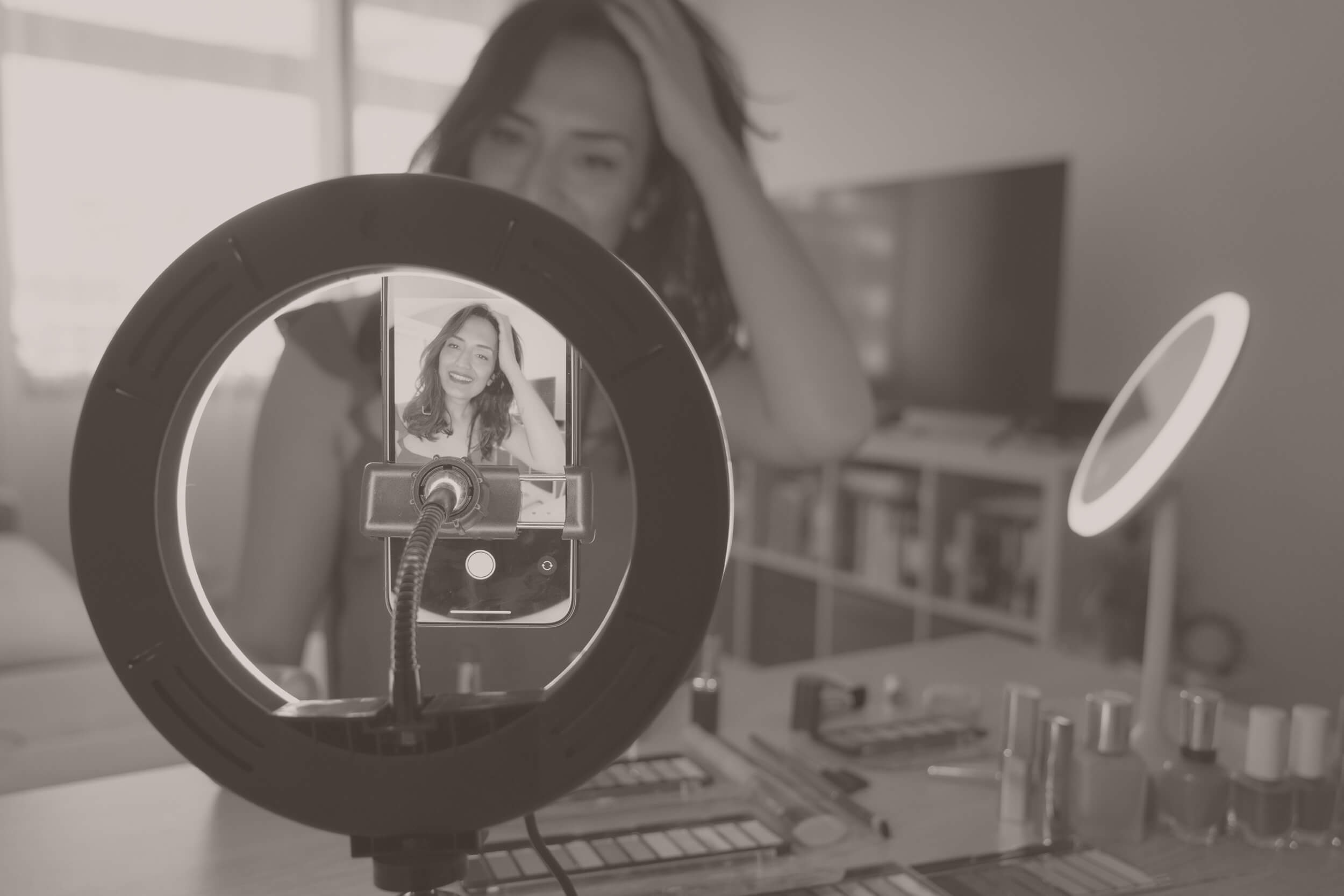
Past-Future-Present? The Conundrum of Trends
In today’s ever-evolving cultural landscape, the conversation around originality in media and trends resurfaces with vehement persistence. Over the years, I’ve observed how platforms like TikTok and Instagram have become conduits for the cyclical nature of content, be it fashion, music or media, echoing a sentiment that everything old can indeed become new again.
People loathe predictability and crave originality, yet the entertainment industry seems to contradict this sentiment. With 30+ movies in the Marvel Cinematic Universe and hundreds of remakes, sequels and prequels, we are drowning in familiarity. This saturation begs the question, in our current era, is anything truly original anymore?
Firstly, consider the intriguing evolution of online shopping formats. TikTok Shop, for instance, represents a modern twist on a decades-old concept pioneered by television networks like QVC. By integrating direct purchasing links into short, engaging video content, TikTok has effectively digitized the QVC model, demonstrating how traditional formats can find new life in the digital age. These effortless transactions revitalize the appeal of live selling in the age of instant gratification.
Additionally, the migration of trends from Facebook to Instagram to TikTok signifies a larger trend of digital integration, where innovation isn’t owned by any single platform. Instead, trends ripple through the digital ecosystem, content is frequently repurposed and recycled. This integration ensures creative content connects with a broad audience, enhancing its influence and interaction.
Furthermore, the phenomenon of content recycling on social media platforms is a testament to the enduring and perhaps persistence of familiarity. Platforms like TikTok and Instagram are rife with accounts dedicated to reposting or reimagining content originally popularized on apps like Vine or even its predecessors. This recycling of content not only highlights the timelessness of certain creative expressions but also illustrates how platforms can serve as archives of cultural artifacts, allowing new audiences to discover and relish past content.
As we navigate this intricate landscape of cultural consumption and creation, let us take note, the essence of creativity is perhaps not diminished by repetition but rather enriched by it. The future of our digital culture lies not solely in the relentless pursuit of the novel, but in our ability to weave the old with the new in ways that resonate with and inspire today’s audiences. As we interact between the past and present, it’s gratifying to witness modern audiences appreciating what was once considered groundbreaking.